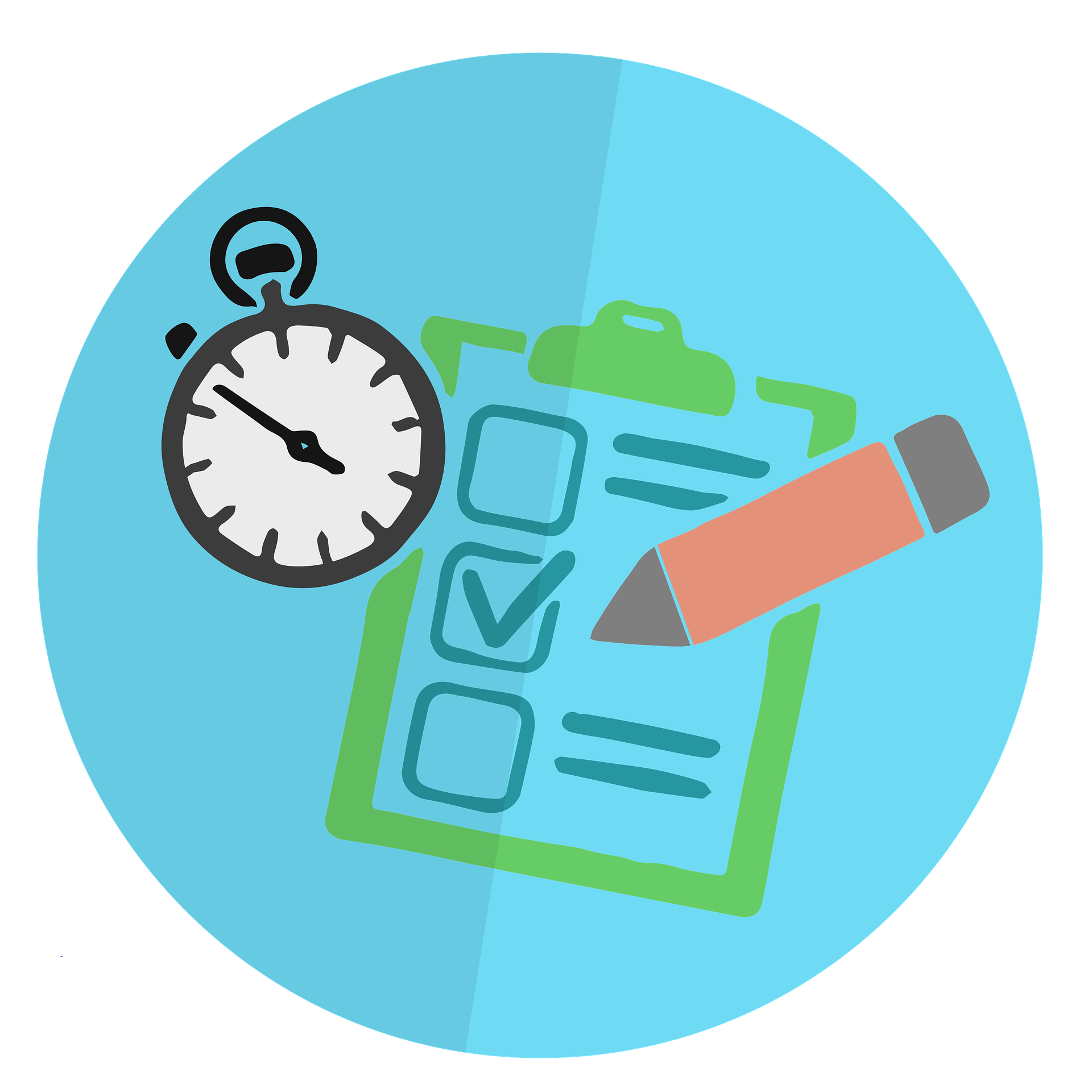 Executive dysfunction is a behavioral symptom that disrupts a person’s ability to manage their own thoughts, emotions and actions. It’s most common with certain mental health conditions, especially addictions, behavioral disorders, brain development disorders and mood disorders.
Executive dysfunction is a behavioral symptom that disrupts a person’s ability to manage their own thoughts, emotions and actions. It’s most common with certain mental health conditions, especially addictions, behavioral disorders, brain development disorders and mood disorders.
What are executive functions?
To better understand what executive dysfunction is, it helps to know more about executive functions. The main executive functions are:
- Working memory
- Cognitive flexibility
- Inhibition control
Working memory
Working memory is the kind of memory that involves whatever you’re doing right now. If you’re reading, taking notes or having a conversation, then your working memory is part of the process.
Cognitive flexibility
Also known as fluid or flexible thinking, this refers to how well your brain can shift and move from one topic to another. The more flexible your thinking, the better you can adapt to whatever is happening around you. This also helps you react to unexpected changes in your situation.
People who are better at flexible thinking are often very creative and imaginative. This ability lets them connect concepts and ideas that might not ordinarily seem linked, which also helps with creative problem-solving.
Inhibition control
Inhibition control is your ability to steer or manage your thoughts, emotions and actions. This is a huge part of executive function, and we’d be unable to control our impulses and thoughts without it. There are two main ways that inhibition control works:
- Behavioral control. This is your ability to keep yourself from doing things that you think you shouldn’t do. An example of this is staying silent around an extremely annoying person because you believe in the saying, “If you can’t say anything nice, then don’t say anything at all.”
- Interference control. This is the ability to steer or manage your thoughts. It includes focusing on something that needs your attention and ignoring whatever doesn’t. Sometimes, the attention and focus are outside of your head. Sometimes, you have to apply interference control to your own thoughts, which might distract you from whatever needs your attention.
Higher-level executive functions
Working memory, cognitive flexibility and inhibition control are the foundation of executive function. There are also higher-level processes that can happen, including:
- Planning. This is when you mentally map out a series of actions that’ll help you reach a goal.
- Reasoning. This is the ability to apply critical thinking. It’s a key way for you to build on your stored knowledge to think creatively or break down something complicated into easier-to-understand pieces.
- Problem-solving. This function can involve all three main executive functions, as well as planning and reasoning. This is how you apply what you know and how you think to overcome obstacles or problems that are in front of you.
What are some examples of executive dysfunction?
Because executive functions involve so many processes inside of your brain, executive dysfunction can take many forms. Some examples of executive dysfunction include:
- Being very distractible or having trouble focusing on just one thing.
- Focusing too much on just one thing.
- Daydreaming or “spacing out” when you should be paying attention.
- Trouble planning or carrying out a task because you can’t visualize the finished product or goal.
- Difficulty motivating yourself to start a task that seems difficult or uninteresting.
- Struggling to move from one task to another.
- Getting distracted or interrupted partway through a task, causing you to misplace items or lose your train of thought.
- Problems with impulse control.
- Struggling with thinking before you talk, causing you to blurt out the first thing that pops in your head without considering that it might hurt someone’s feelings.
- Having trouble explaining your thought process clearly because you understand it in your head, but putting it into words for others feels overwhelming.
Possible Causes
What are the most common causes of executive dysfunction?
Experts don’t fully understand why executive dysfunction happens, or why it can take so many different forms. However, experts have linked this issue to several conditions that affect the way your brain works, including attention-deficit hyperactivity disorder (ADHD), autism spectrum disorder, depression, obsessive-compulsive disorder (OCD).
Is executive dysfunction a symptom of ADHD?
Yes, executive dysfunction is one of the key symptoms of ADHD. Research shows that the parts of the brain involving executive functions tend to be smaller, less developed or less active in people with ADHD. That’s why ADHD nearly always involves this symptom. It’s also a common feature among many conditions that affect people who are neurodivergent.
Excerpted from “Executive Dysfunction” from the Cleveland Clinic. Read the full article online.
Source: The Cleveland Clinic | Executive Dysfunction, https://my.clevelandclinic.org/health/symptoms/23224-executive-dysfunction | © 2023 Cleveland Clinic
To schedule an evaluation or to get advice, call or email a CHC Care Coordinator at 650.688.3625 or careteam@stage.chconline.org CHC teletherapy services are available now.






